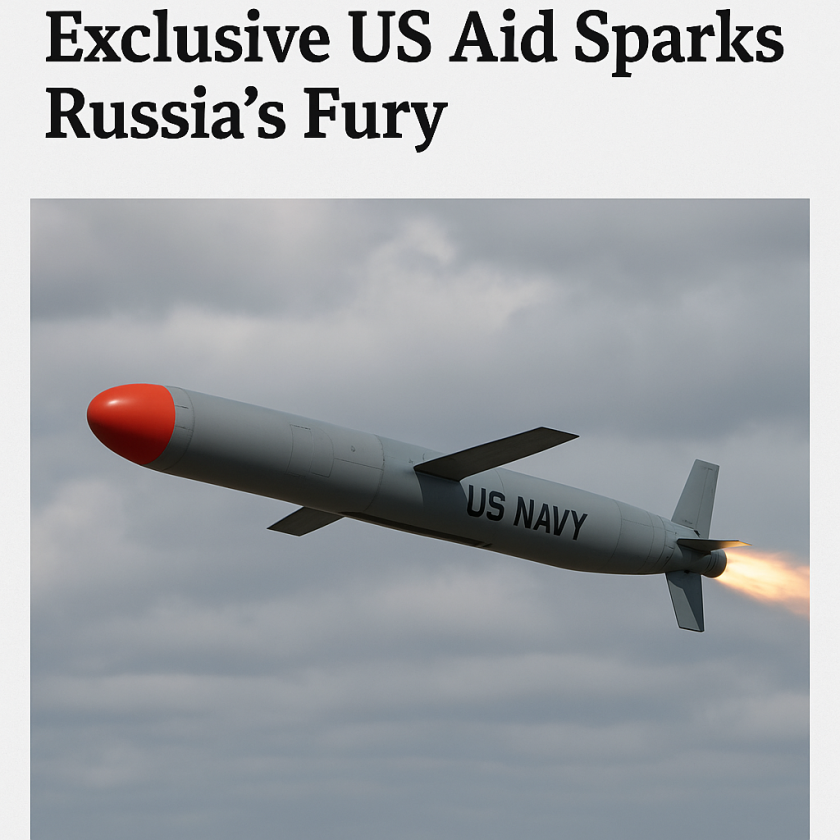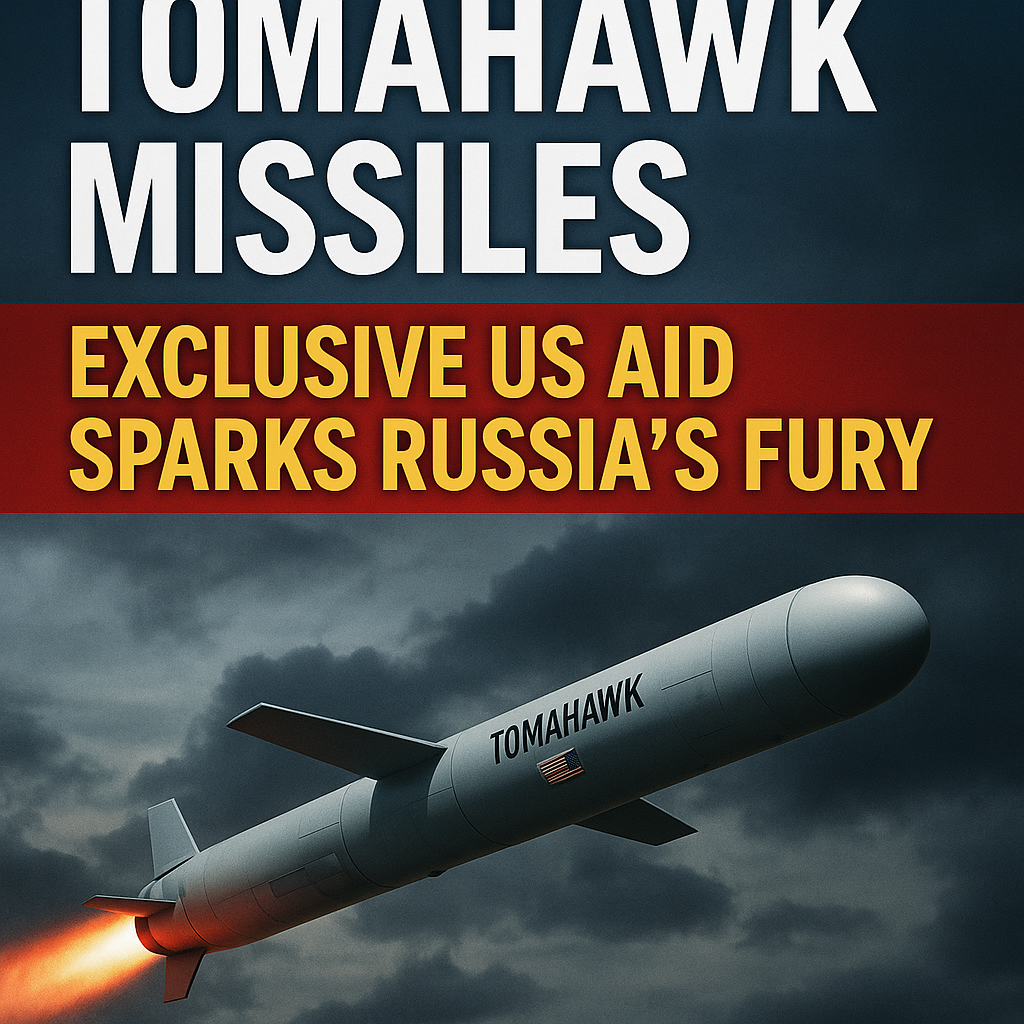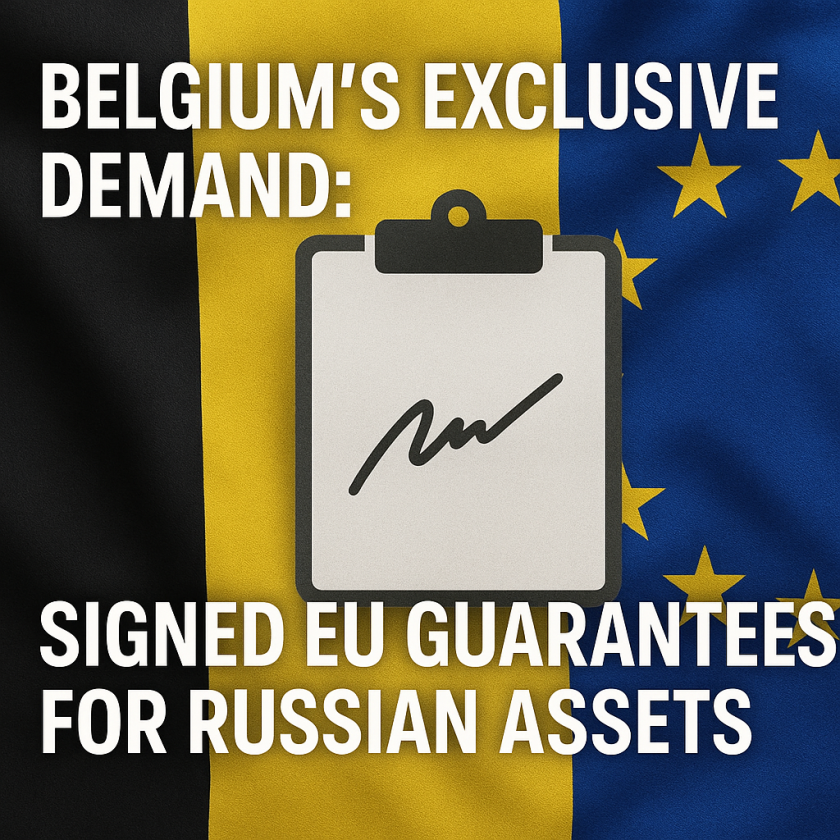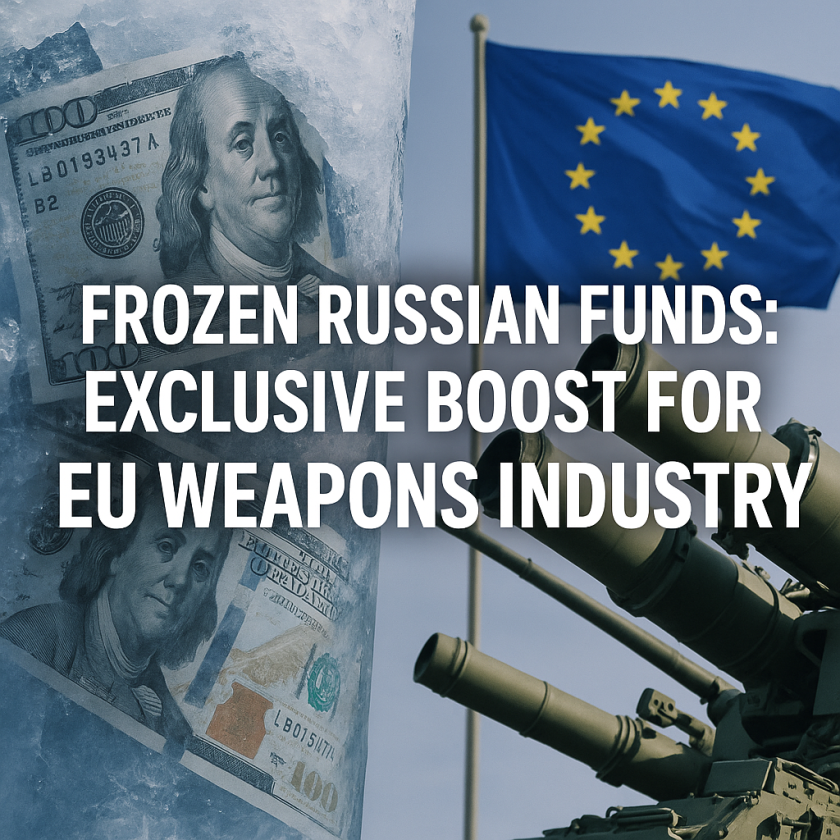Tomahawk Missiles: Exclusive US Aid Sparks Russia’s Fury
Tomahawk Missiles: Exclusive US Aid Sparks Russia’s Fury
Tomahawk missiles have become a focal point in the escalating tensions between the United States and Russia, stirring heated debates and concerns on the global stage. This high-stakes situation arises from the recent U.S. decision to provide these advanced weapon systems to Ukraine, a move that has prompted significant backlash from Moscow.
The Strategic Shift in U.S. Military Aid

The recent approval of Tomahawk missiles as part of military aid to Ukraine marks a critical escalation in U.S. support. For context, Tomahawks are precision-guided cruise missiles capable of striking high-value targets with extreme accuracy, making them a powerful asset in any military arsenal. According to various reports, this type of assistance is seen not only as a tactical upgrade for Ukrainian forces but also as a sign of unwavering U.S. commitment against Russian aggression.
Perspectives on U.S. Involvement
Diverse viewpoints emerge when examining the implications of this missile aid. From one angle, proponents argue that deploying Tomahawk missiles will significantly enhance Ukraine’s defensive capabilities. Al Jazeera highlights that this military support aligns with NATO’s broader strategy to fortify Eastern Europe against perceived threats from Russia. The argument stands on the premise that a well-armed Ukraine serves as a deterrent, potentially stabilizing the region.
Contrastingly, critics argue that this escalation could provoke a military response from Russia. Reports from RT caution that such military enhancements may cross a “red line,” igniting further hostilities. Russian officials have made it clear that equipping Ukraine with Tomahawks could lead to severe consequences, including an expanded conflict that risks regional stability. This dichotomy illustrates the ongoing debate about U.S. military involvement in foreign conflicts: should the U.S. intervene decisively, or does this intervention risk inflaming tensions further?
Diplomatic Fallout and Regional Implications
The provision of Tomahawk missiles isn’t merely a military decision; it’s a diplomatic maneuver that affects international relations. In a broader sense, the U.S. backing of Ukraine represents a concrete stance against Russian expansionism, but this comes at a cost. Russia views such actions as infringements upon its sphere of influence, thereby straining relationships not only with the U.S. but also with NATO allies who may be caught in the crossfire of escalating hostilities.
Moreover, the decision has implications for global arms dynamics. As nations observe the U.S. commitment to Ukraine, it could embolden other countries facing similar threats and reshape their own military strategies. For instance, countries in Eastern Europe might feel compelled to enhance their own defenses or pursue closer ties with NATO to secure military assistance against potential threats.
Uncertainties in the Path Forward
Despite the clear divisions in perspectives, there remains a significant level of uncertainty regarding the outcome of this situation. On one hand, if the provision of Tomahawk missiles effectively deters Russia from further aggression, it may serve as a success for U.S. policy. On the other hand, if it leads to an escalation of conflict, critics may claim that the U.S. inadvertently instigated further violence.
Also noteworthy is the growing sentiment among various global actors. Some nations advocate for a diplomatic resolution to the conflict, emphasizing negotiation as a vital component to restoring peace. This perspective, often overshadowed by military discourse, urges summary proactive engagement to avoid escalation.
As the debate continues, the implications of U.S. military aid in the form of Tomahawk missiles remain a hotbed of discussion. The interplay of military strategy, regional security, and diplomatic relations continues to shape the complex dynamics at play.
Conclusion: A Tenuous Balance
In sum, the U.S. decision to send Tomahawk missiles to Ukraine underscores the intricate balance between bolstering an ally’s defenses and risking a broader conflict with Russia. With multiple viewpoints converging on the implications of this military escalation, the situation remains fluid and fraught with uncertainties. As the world watches, the outcomes of these decisions will undoubtedly have far-reaching consequences, not only for U.S.-Russia relations but also for global peace and security.
The diplomatic landscape is as significant as the military maneuvers, and only time will reveal the efficacy and repercussions of this controversial aid.








































